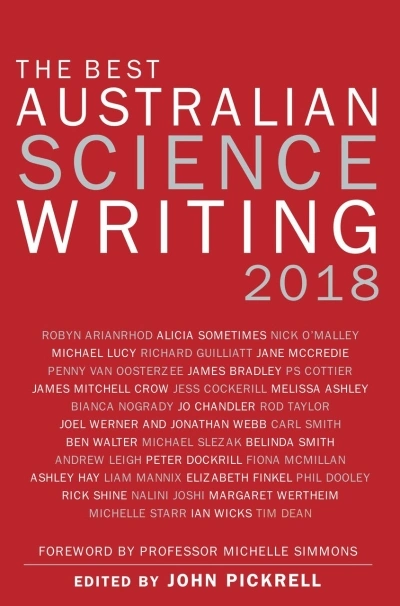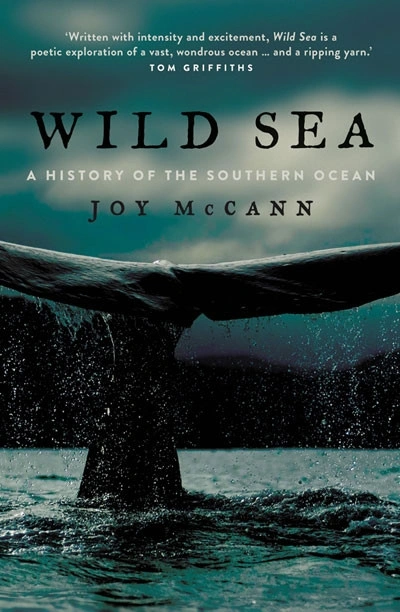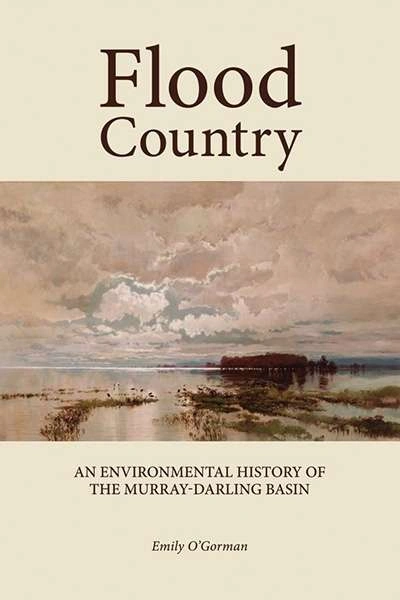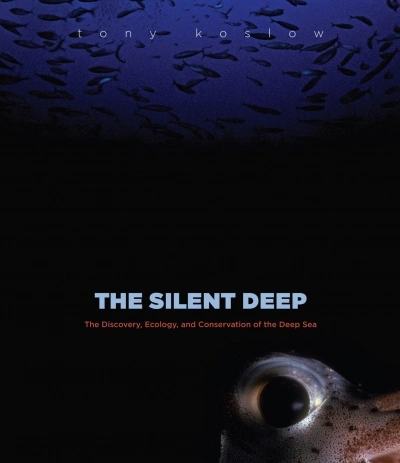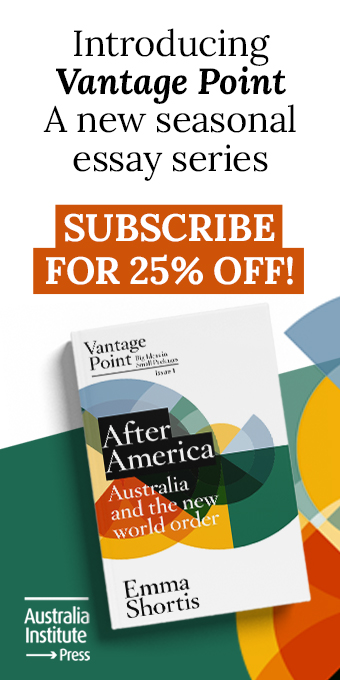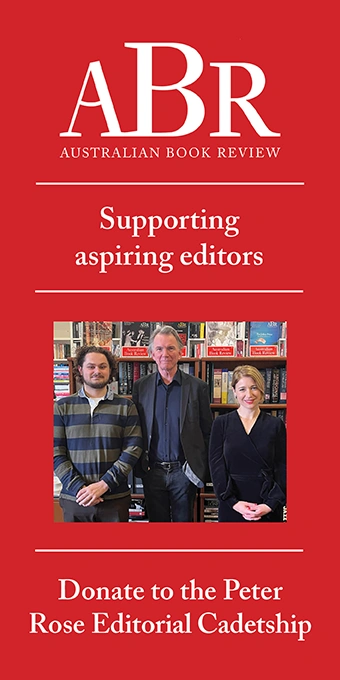To earn some money as a student in the late 1980s, I did a short stint at CSIRO Marine Laboratories in Perth, identifying deep-sea fish. I spent a couple of weeks up to my armpits in pale, preserved and squashed fish, which were extremely hard to identify, partly because of their misshapen form and lack of colour, but also because many of the species were entirely new to science. Some looked like old, flattened doughnuts and clearly lived on the seabed. Others were compressed sideways and had light-emitting organs on their sides, strange plate-like structures or razor-sharp serrations along their bellies, and were clearly more adapted to a mid-water mode of existence. But without exception, these fish were drab and dead as dead can be. I can only imagine what they must have been like when alive in their natural environment.
...
(read more)


